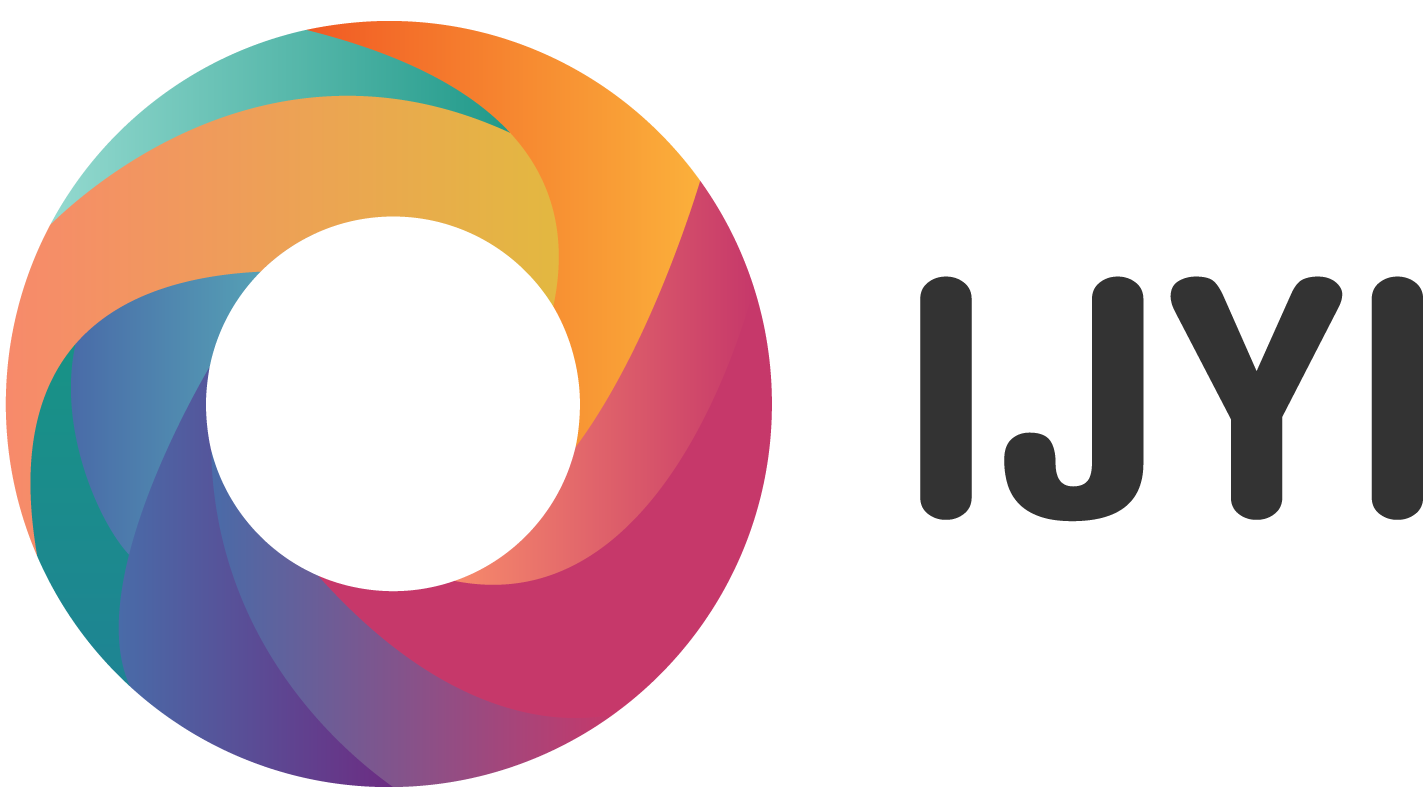The sudden changes to working practices due to the Coronavirus pandemic was felt across all industries. In many ways the rapid change which was thrust upon us was probably best weathered by the tech sector. We are, afterall, working with new technology all the time. Working with customers on transforming their IT infrastructure, improving business practices through technology, that’s our bread and butter.
At the beginning of the lockdown we recorded a podcast with TechEast, Hethel Innovation and TechNation to discuss the impact on organisations in our region. During this discussion we looked at how well placed the tech sector was to deal with the rapid change which came suddenly upon us.
Firstly, we were fortunate in that we had recently been putting in place a business continuity plan that involved migrating all of our staff to laptops and ensuring that we migrated critical infrastructure to the cloud. We knew that doing this gave us more flexibility as a business, and we had not envisaged a global pandemic! We had been encouraging our team to work from home a few days a month – it allows them to get some headspace and enables some flexibility around childcare and other appointments. This policy meant that we knew the majority of the team were able to work remotely, but we weren’t quite sure that large groups could work remotely all at once. As the crisis started to unfold, we scheduled a week where we would ask 20% of the team to work from home at short notice (the night before). We were able to iron out a few kinks and had some confidence that if lockdown did happen, our team could continue to work effectively.
When lockdown happened we were in the relatively fortunate position of being ready to send all our staff home to work, in fact we took the decision to send people home a week before the enforced lockdown. This gave us a little head start in getting everyone comfortable with this new way of working and it meant that by the time our customers were working from home we were secure in our new practices and able to continue providing services with no disruption.
To ensure that everyone still feels like the same team, we introduced daily “huddles”. These are 15-20mins per day where the team can join a group chat and talk about anything non-work related. It’s a bit of a replacement for those chats that might happen around the coffee machine – what Netflix series is everyone into etc!
Microsoft Teams is a vital tool for our business and has been for about for years. Not only does it provide a platform to create teams, use group chat and allow video conferencing, it also gives us the ability to share files quickly and securely both internally and with our customers. Teams is now even more critical to what we do. We route all of our external phone numbers through the platform ensuring that we can still respond to customers and prospects, routing and transferring calls to the appropriate member of the team without setting foot into the office.






About the author
IJYI Ltd
IJYI Ltd.